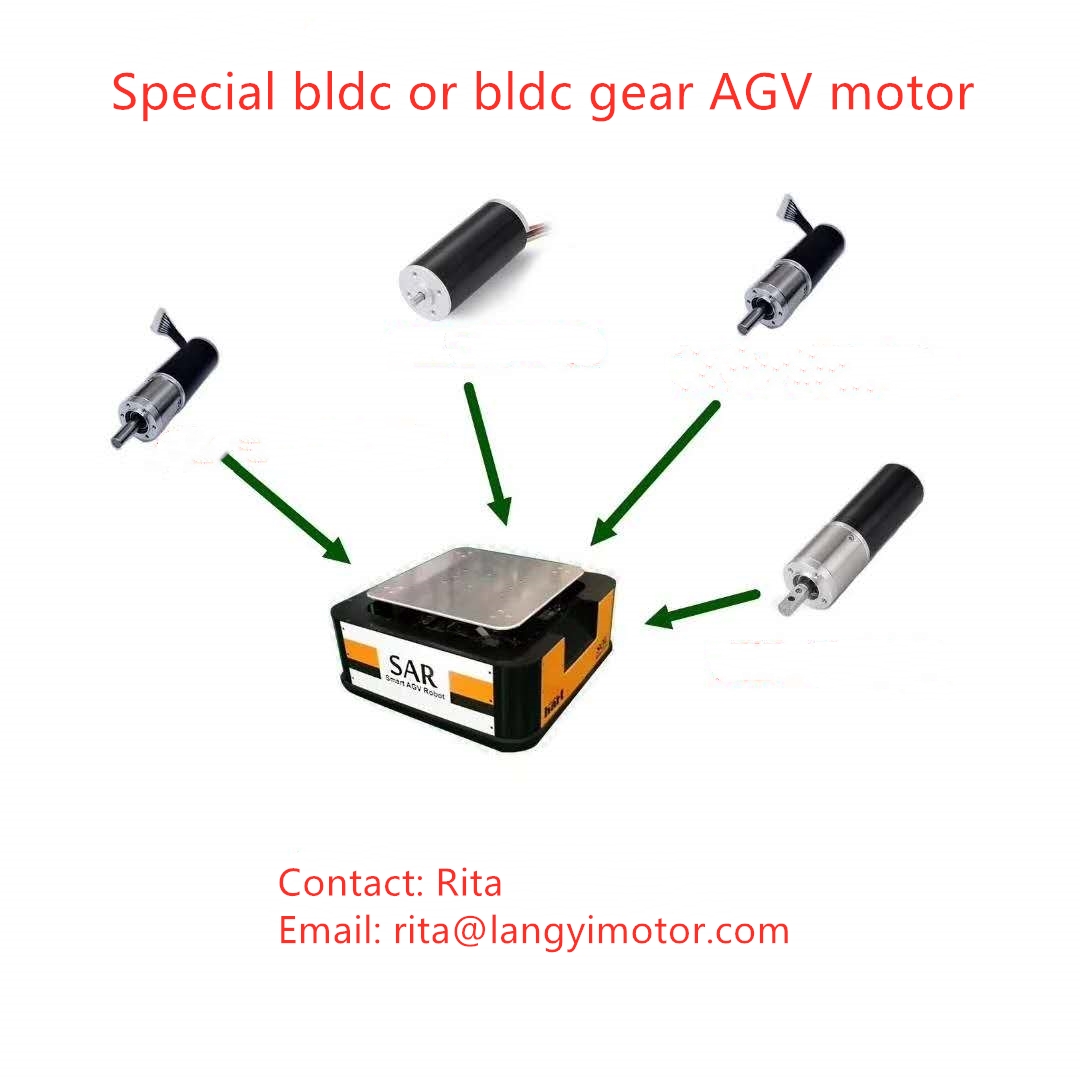[Guide] For a servo system, the higher the gain, the more sensitive the system and the faster the response to the command; but too high a gain will cause the system to be unstable. By adjusting the servo amplifier to adjust the system gain, when the system has a critical damping with an overshoot of less than 5% and a phase shift of not more than 90 °, the system can obtain a good compromise between large response and small instability Settling time is very small.
At present, various types of permanent magnet motors have quietly entered various fields of the national economy, such as household appliances, information and information machinery, automobile industry, paper industry, textile industry, precision machine tool industry and military industry. Application, and has entered the stage of vigorous development. Careful analysis and in-depth study of the basic theories, design methods, and selection of brushless DC permanent magnet motors and self-controlled permanent magnet synchronous motors have become a new issue. Servo system is a new thing that leads or follows the development of motors .
For a servo system, the higher the gain, the more sensitive the system and the faster the response to the command; but too high a gain will cause the system to become unstable. By adjusting the servo amplifier to adjust the system gain, when the system has a critical damping with an overshoot of less than 5% and a phase shift of not more than 90 °, the system can obtain a good compromise between large response and small instability. Settling time is very small.
When the system is stable, if the inertia of the drive mechanism is increased, low-frequency instability will occur in the system: if the inertia of the drive mechanism is reduced, high-frequency instability will occur. Therefore, the system inertia, especially the matching of load inertia and motor inertia, in addition to affecting the power transmission of the system, is also an important factor in many factors that cause system instability and even uncontrollability.
How to eliminate the serious mismatch between the load inertia and the motor inertia? In general, the load inertia is not easy to change. In order to eliminate the invalid motion and softness caused by the height mismatch between the load inertia and the motor inertia. To measure the displacement, the following measures can be taken:
(1) First, use a suitable speed change mechanism to minimize the mismatch between load inertia and motor inertia.
(2) The second is to increase the rigidity of the mechanical system.
(3) When measures (1) and (2) are not effective, the method of increasing the inertia on the motor shaft can be adopted to minimize the mismatch between the load inertia and the motor inertia.

Motor selection scheme In the process of minimizing the mismatch between load inertia and motor inertia, motor selection usually has two schemes:
● Select low inertia motor.
Choosing a low-inertia motor will help reduce the total system inertia, so that the system can obtain higher acceleration and a larger frequency bandwidth; while the acceleration performance is greatly maximized, a variable speed mechanism can be used to adjust the load inertia to the motor inertia The mismatch between them is minimized. However, in order to match the load inertia with the motor inertia, the cost of adopting a very good gear ratio scheme is higher, and sometimes it may not always be possible.
● Select large inertia motor
When the low inertia motor scheme cannot be achieved, sometimes it is a good choice to use a large inertia motor with the same torque level and a flywheel on the rotating shaft. It can be used in the high dynamic performance and stability of the servo drive system. Provide a reasonable compromise.
Designers can make reasonable decisions based on the above-mentioned principles, in cooperation with supporting parts suppliers, on the basis of comprehensive analysis of the feasibility, system performance and manufacturing costs of the various options available.
What is a servo system? A servo system, also called a servo system, is a feedback control system used to accurately follow or reproduce a process. The servo system is an automatic control system where the output controlled quantity of the object's position, orientation, state, etc. can follow any change of the input target. Its main task is to amplify, transform and regulate power according to the requirements of control commands, so that the torque, speed and position control of the output of the drive device are very flexible and convenient.
In many cases, the servo system refers specifically to the feedback control system whose controlled variable is mechanical displacement or displacement speed and acceleration. Its function is to make the output mechanical displacement (or rotation angle) accurately track the input displacement (or rotation angle). Its structure There is no principle difference between the composition and other forms of feedback control system. The servo system was initially used in defense military industry, such as artillery control, ship, aircraft autopilot, and missile launch. Later, it was gradually extended to many sectors of the national economy, such as automatic machine tools and wireless tracking control.




